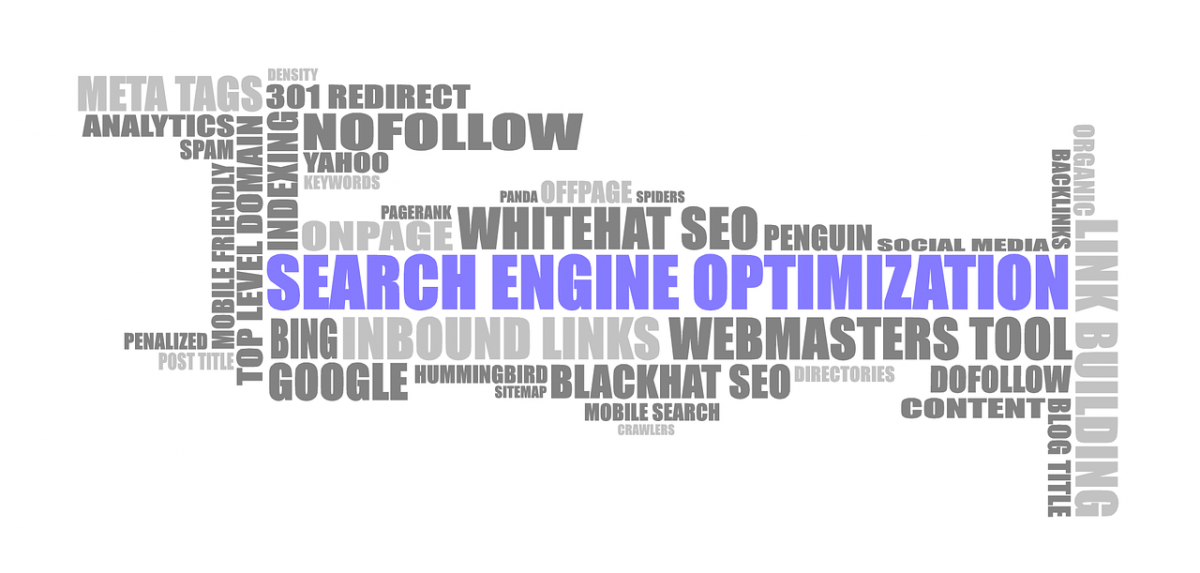Making a good first impression is vital for nearly everything. Marketing and search are no different. You need to make sure that any content you create is attention-grabbing and valuable while also avoiding the urge to stuff it with unnecessary keywords.
Because while content may be king, it’s no longer enough to simply produce it. You need to get focused. You need to plan, optimize, and study.
Search engine optimization (SEO) is only part of the equation here. Proper keyword targeting, audience research, and content optimization are all critical, certainly. But there’s a bit more to it, as well.
Content Structure
The more structured a piece is, the better. Both search engines and users alike enjoy structure. They like articles where it’s easy to scan for relevant information.
Plan your content accordingly. Organize it into bite-sized, easily digestible segments, and ensure that it flows readily between your introduction, main points, and conclusion. Where relevant, break your content up with header tags and images and avoid long-winded tangents or unrelated anecdotes.
If someone is looking up a recipe or guide, for instance, they don’t want to hear about the history behind it. They don’t want a paragraphs-long story about your grandmother or brother. They want the information, period.
Content Length
A generally-held belief is that short-form content is better for readability. However, that’s not exactly how it works. Your content should, in general, be exactly as long as it needs to be based on the topic and the depth to which you’re examining it.
There is not, for example, any reason to write a 2,800 word expose on harvesting a homemade vegetable garden. Similarly, a 400-word piece on the complexities of astrophysics will be just as far off the mark. You need to strike a balance.
Closing Thoughts
Let’s tie things off with a few final pieces of advice.
- Use bullet points where appropriate. This can greatly improve readability and overall engagement. Again, bite-sized chunks.
- Preview your search listing. Consider using a tool such as https://www.portent.com/serp-preview-tool/ to see how your site looks on the search engine results page. If you don’t like what you see there, Google has published details on how you can tweak your snippet in its developer guidelines knowledge base.
- Pay attention to your tone and wording. Consider your audience. Will they respond better to content that sounds knowledgeable and serious, or laid-back and humorous. The wrong tone at the wrong time can cause more harm than good.
- Look at your metrics. Pay attention to how each piece of content is performing via the Google Search Console. There are also plenty of tools, both free and premium, to help you better optimize your website.
- Sprinkle keywords into your headers. Keep them relevant to the content.





